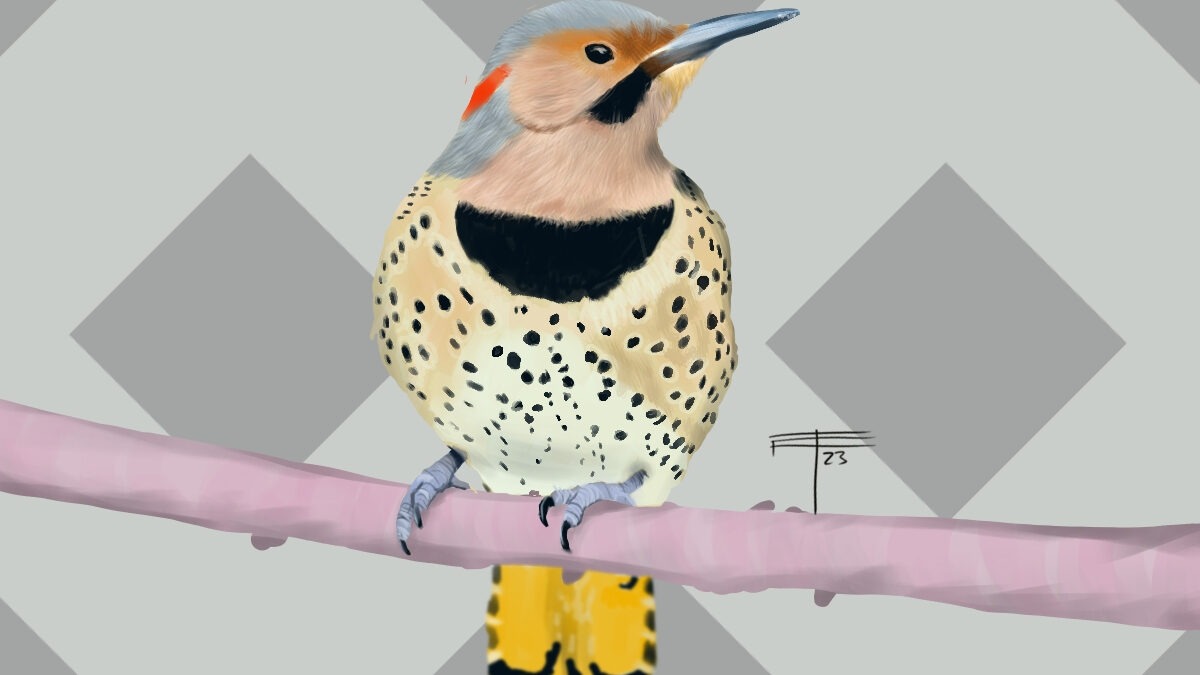Common birds in Antigua Guatemala
Guatemala is a very popular destination for bird watchers. There is a wide variety of Central American birds across unique ecosystems in Guatemala, including tropical, subtropical, and high alpine zones. In addition, many birds that breed in higher latitudes in North America will migrate south to Guatemala for the winter. This means that the northern hemisphere winter (which we call the summer here) is an exciting time to see birds from all over.
Although there are many tour companies and outfitters to see birds in many remote locations throughout Guatemala, Antigua itself is a great place to see birds even for casual observers! All that is needed is some free time and, ideally, a pair of binoculars. In addition to the large flocks of rock pigeons (Columba livia) that crowd the trees in the central square and roost on the cathedral, you will likely be serenaded almost every morning by the cooing of doves, most commonly the Inca dove (Columbina inca) or the white-winged dove (Zenaida asiatica), and the noisy chatter of Old World sparrows (Passer domesticus) roosting in the eves like they do everywhere in the world.
Here are a few more common birds in Antigua Guatemala that are unique to the area, and which you might need to pay a little more attention to catch!
-
Great tailed grackle (Quiscalus mexicanus).
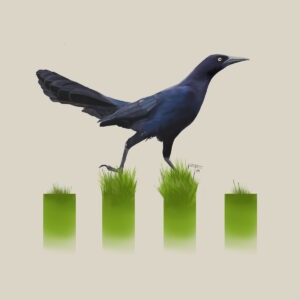
Almost as common as pigeons and doves in Antigua! This inquisitive, noisy bird will get into almost anything, including your food if you are not careful. Males are large with long black tails which sometimes have a spectacular blue or purple iridesence. Females are a little smaller with more brown feathers. A wonderful sight is large crowds of grackles flying in together to roost in the early evening, which can be observed from many rooftop terraces.
-
Clay colored thrush (Turdus grayi).
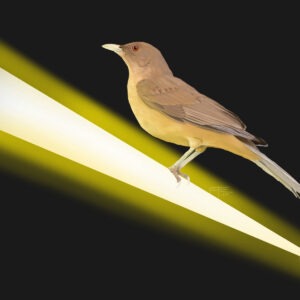
This nonmigrating bird is the most common thrush at lower elevations and in urban environments in Guatemala. It is a uniformly brown color, occasionally with a slight yellowish tint to the under belly. Like most thrushes it is an extremely active singer in the morning and evening if you listen for it! They tend to hide under foliage when singing but will often perch in the open during the day.
-
Gold-fronted woodpecker (Melanerpes aurifrons).
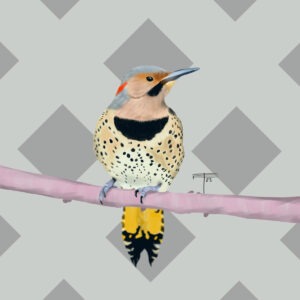
This is the most common woodpecker in lower elevations and urban environments like Antigua. If you see a bird alight vertically on tree, it is probably a golden-fronted woodpecker. The head has a small cap of red or yellow red, the back is black and white striped, and the belly is usually a uniform yellowish-white (not nearly as “golden” as the name would imply).
-
Bushy crested jay (Cyanocorax melanocyaneus).
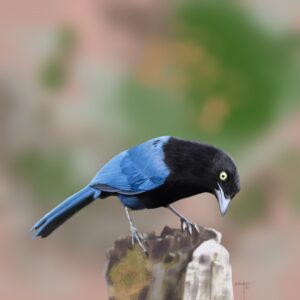
This is large bird, noisy like all jays although somewhat reclusive, tending to hide within trees. It is unmistakable if you spot it – the entire body is dark black, but the wings are brilliant blue and the eyes are a piercing yellow. Your best chance for spotting is early mornings or late afternoons in the coffee fields bordering Antigua.
-
Social flycatcher (Myiozetetes similis).
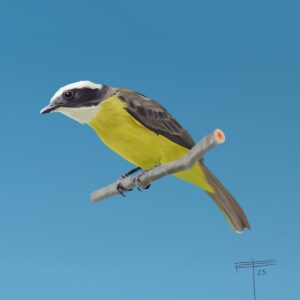
This medium-sized flycatcher loves to hang out around humans, eating berries and perching on telephone wires. It is almost always seen in groups, which chatter away among each other while perching and feeding. The belly is brilliant yellow, with a white neck and bright white stripe above the eye. It is most active in the morning but can be seen all day long.
-
Orchard oriole (Icterus spurius).
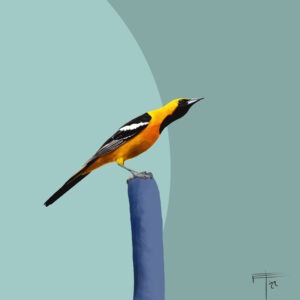
There are several species of oriole in Antigua, some of which are year-round and some migratory. The orchard oriole is migratory, meaning your best chance to see it is in the winter (our dry season). It is a smaller oriole with a pleasant song which includes the uprising whistles typical of orioles. The males are distinctive – black heads and backs with a deep rust-orange colored belly and chest. The females are a nondescript yellow and are hard to identify without seeing the male.
-
Rose-breasted grosbeak (Pheucticus ludovicianus).
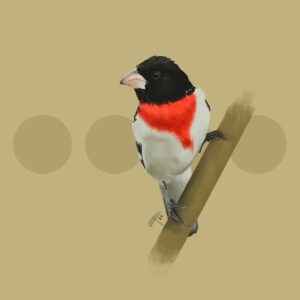
This is another bird that breeds at higher latitudes but spends the winter (our dry season) in Guatemala. During these months, pay close attention to fruit- and seed-bearing trees where they will spend hours feeding. Both males and females have thick pinkish beaks. Males develop a dark pink-red patch on the breast before migrating north, but this may be more faint pink during much of their time in Guatemala.
-
Yellow winged tanager (Thraupis abbas).
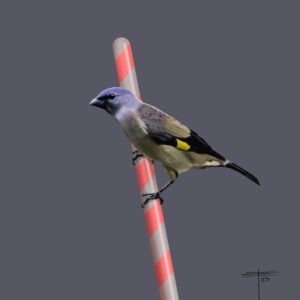
We are fortunate to have several species of nonmigratory tanagers which are with us all year round. The yellow-winged tanager can be seen perching in larger trees through Antigua, especially in the mornings and on the periphery of town. The head is a grey-blue to pale lilac color, with a small black patch in front of the eye and a bright stripe of yellow on the wing.
-
Ruby throated hummingbird (Archilochus colubris).

The hills and forests around Antigua host numerous species of nonmigratory hummingbirds which are small, fast, and hard to identify! The ruby-throated, on the other hand is one of the migratory hummingbirds and is only seen during the winter (dry season) in Guatemala. It is easy to identify if you are lucky to see a male with the typical bright red throat feeding on flowers. Unfortunately, females and immature males do not have this flash of color and are much harder to identify.
Where to see more common birds in Antigua Guatemala? In addition to sitting on your terrace and watching what flies by, here are some of our recommendations for birding around Antigua:
Finca El Pilar – Opens relatively late (7 am), so not best for early morning birding. However, they have hummingbird feeders and you will see many different hummingbird species in one place.
Finca Carmona – Best in the late afternoon to catch the unique mix of birds that favor the transitional zone between the forest and coffee fields. Walk along one of the hiking paths that encircle the coffee at the edge of the forest.
Cerro de la Cruz – Great early morning spot to see numerous birds! Go early as sun is just risen and before the crowds start.
Written by Peter Rohloff.
I would like to pay special mention to Gustavo Estrada, for his wonderful illustrations. To see more of his work check out his Instagram account
